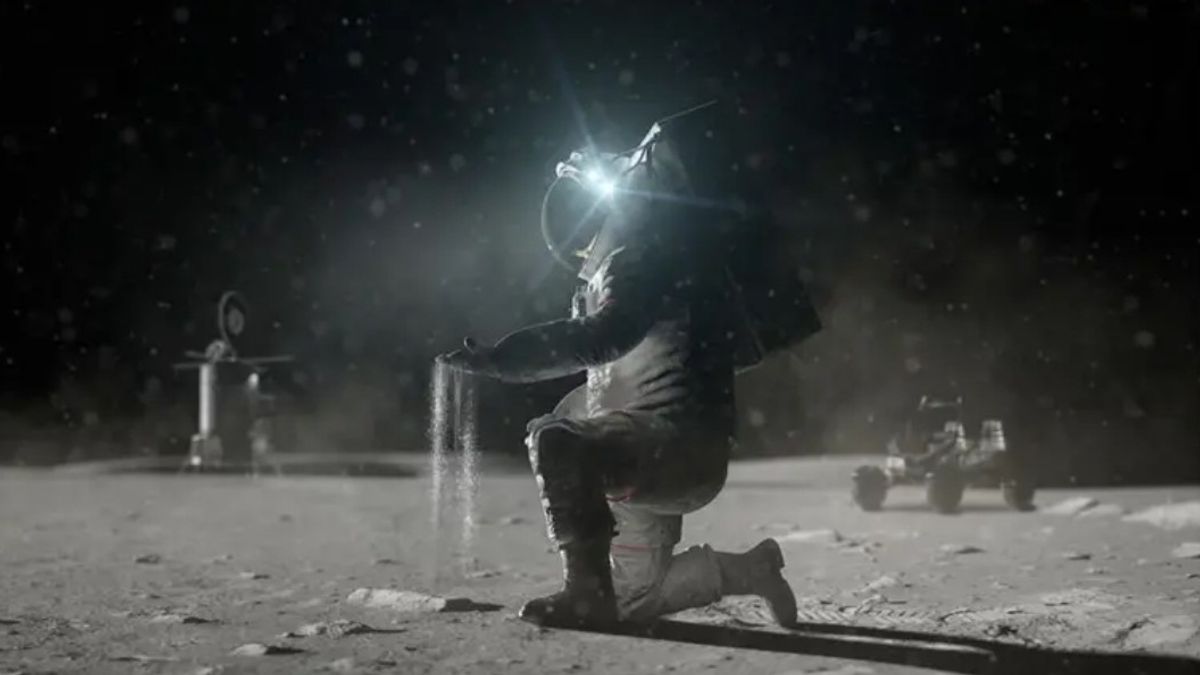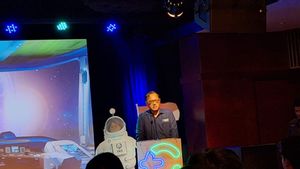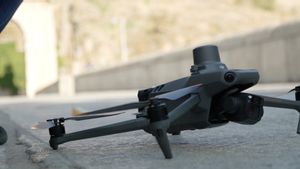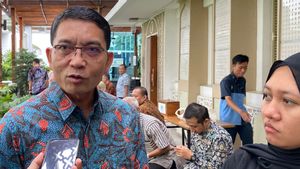JAKARTA NASA will return to land astronauts on the Moon via the Artemis campaign, a follow-up mission of the Apollo program. The space agency plans to carry out six Artemis flight missions.
Of the six series of flights, the peak is in Artemis 3 because this mission will fly the first manned aircraft to land on the Moon. This flight will involve four astronauts who include the first woman and person of color.
For NASA, the Moon landing would be an extraordinary mission, both for them and the astronauts. After landing on the Moon, all astronauts will see an unusual and interesting phenomenon to see. Here are some of the phenomena.
The Sun Floating And Giant Shadows
On Earth, humans can see the view of the sunrise and sunset, but not while on the Moon. The sun is seen floating near the horizon while moving horizontally as the sun shines on the surface in a low angle.
This position also affects the shadow on the surface of the Moon. Shadow will look more dramatic as it is 25 to 50 times longer than the original object. This is another unique phenomenon because the image on Earth is no different from the original object.
Lengket And Sharp Dust Full
The moon is filled with dust so that the weather there is quite extreme and is not suitable for humans. Although lunar dust or regolit looks like a smooth and gentle desert, this look is actually very deceptive that it is dangerous for astronauts.
The regolit is formed from a meteoroid that hits the surface of the Moon. This meteoroid then melts and decays, then turns into a small, sharp cut. The moon has no water and wind to smooth the regolite grains so that the grains remain sharp and rough.
SEE ALSO:
The Sky Looks Black And Dark
Another unique phenomenon that astronauts will see is the very dark sky. In various films about landing on the Moon, the sky from this natural satellite is described as very dark and not as blue as on Earth. This depiction is very precise.
The moon does not have a thick atmosphere that can spread blue light like on Earth. Despite having a period of day and night, for two weeks each, the astronauts still see a dark dark sky. The sky's appearance will appear in contrast to the bright soil.
The English, Chinese, Japanese, Arabic, and French versions are automatically generated by the AI. So there may still be inaccuracies in translating, please always see Indonesian as our main language. (system supported by DigitalSiber.id)


















